Four things to keep in mind when designing a chair yoga practice
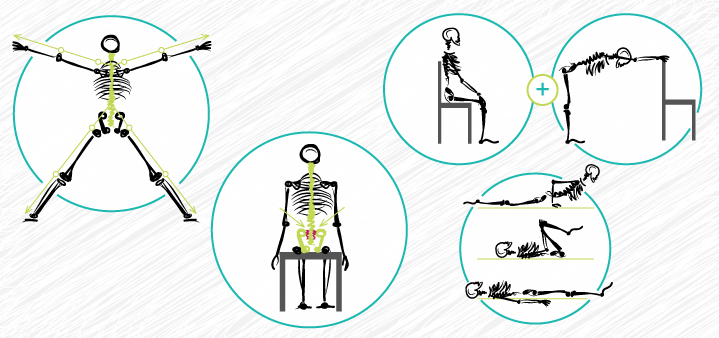
One of the readers commented on the last post on chair yoga: “Chair yoga is not passive stretching – it’s challenging, strengthening, spiritual, and fun! “ This is an excellent description of what chair yoga could and should be. Ultimately, a chair yoga practice is very similar to a regular yoga practice that doesn’t utilize a chair in the following ways:
– It needs to touch on the student’s physical, energetic and mental-emotional dimensions
– The teacher needs to set an intention and then select appropriate poses and practices to actualize that intention
– The student’s spine needs to be taken through the full range of motion, including forward bends, back bends, side bends and twists
– Preparation and compensation should be used appropriately throughout the practice to prepare the body for more difficult poses and then return it back to the neutral state
– Other elements of a yoga practice (pranayama, meditation and so on) are just as important for chair yoga practitioners.
But there are also few points that are particularly important for chair yoga that any teacher should keep in mind:
1. Moving from the spine out into the periphery.
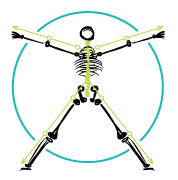
In chair yoga, more so then in other yoga classes, teachers often start by working with the periphery (knees, ankles, arms, wrists and even eyes) and never arrive at the full range of spinal movements. This is a disservice to the student. It makes much more sense to begin with small spinal movements, gradually deepening those and then expanding them out into the peripheral joints. A logical sequence of evens looks like this:
First we deepen the breath – the breath begins to move the spine in subtle ways – we ride the current of the breath to articulate the spine – every movement comes from the center and ripples out into the periphery. After all, the spine is a structural and energetic center of the body, so it is always an appropriate place to begin.
2. The “sitting aspect” of chair yoga.
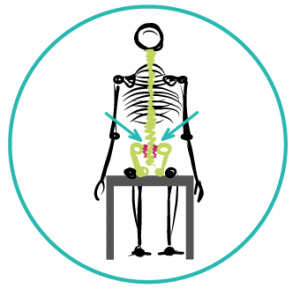 The common perception in the yoga world is that seated poses are easy; in reality this is not the case. Seated poses are easy if you move the arms only; once you begin to move your spine, they become much more challenging. In a seated position the pelvis is fixed, becoming the base of support for all the structures above it, including the spine. As you bend your spine forward and back, sideways and twist it against the base of your pelvis, the “connection points” that link your spine to your pelvis are challenged. This primarily means your sacroiliac joints. The stress on the joints becomes even more pronounced if you use arm leverage to deepen the pose.
The common perception in the yoga world is that seated poses are easy; in reality this is not the case. Seated poses are easy if you move the arms only; once you begin to move your spine, they become much more challenging. In a seated position the pelvis is fixed, becoming the base of support for all the structures above it, including the spine. As you bend your spine forward and back, sideways and twist it against the base of your pelvis, the “connection points” that link your spine to your pelvis are challenged. This primarily means your sacroiliac joints. The stress on the joints becomes even more pronounced if you use arm leverage to deepen the pose.
This is why in chair yoga, progression from simpler toward more difficult poses is particularly important when structuring a practice so that we do not plunge into binding twists and strong side bends right off the bat. This is also why at the beginning it makes more sense to move in and out of the pose few times instead of holding the pose statically for an extended period of time. Static, more challenging poses are better placed toward the middle of the practice, after the body has been sufficiently warmed up. (Read more about positioning seated poses within a yoga sequence)
3. Combining sitting poses with standing poses (holding on to the chair if necessary).
From the structural standpoint, we need our students to be able to carry their own body weight in their daily life and take care of their daily tasks that involve leaning, reaching, bending over and so on from a standing position. Standing poses also help build overall strength and integration between different body parts. From the energetic standpoint, standing poses with large body movements have an uplifting effect on the system and help us feel more energized, capable and vibrant. So if the student is capable of standing and walking, she should do some standing poses, as well, using the chair for support if necessary.
4. Transitioning down to the ground and then back up.
According to some research, the “sitting-rising test” is used to assess frailty and predict life expectancy for people over 50. Regardless of how you feel about the study, the ability to transition down to the ground and back up again is an important indicator of balance, coordination and muscular strength and flexibility (unless other factors are in play). So if it is possible, we want to encourage our students to practice moving down to the ground for some floor poses and Savasana (using chair for support if needed), and back up again for pranayama and meditation. We do have to consider individual situations, of course.
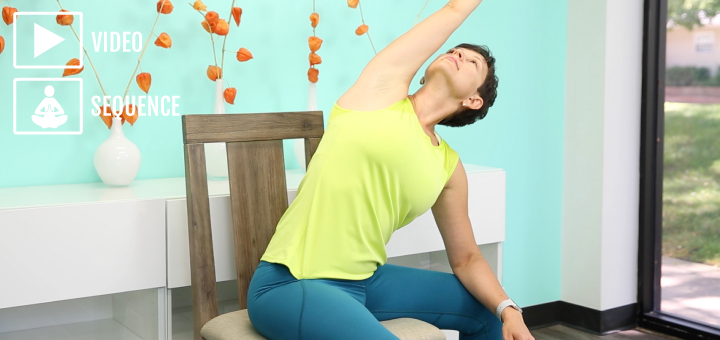
This yoga practice takes the spine through the full range of motion and is useful for neck and upper back tension. The entire practice is done sitting in a chair, and you can easily add to it by including standing yoga poses.

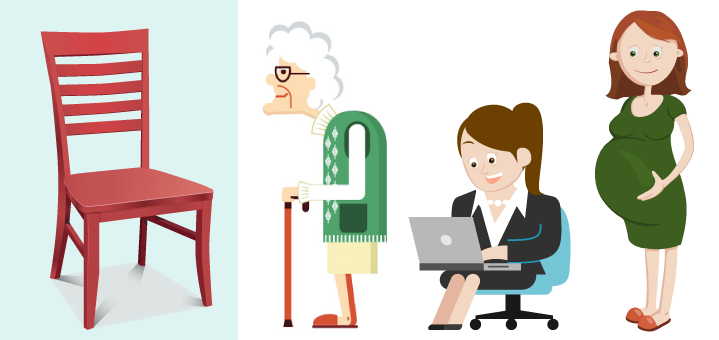
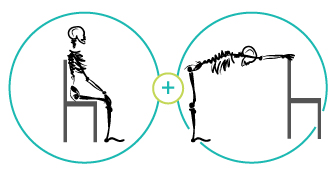
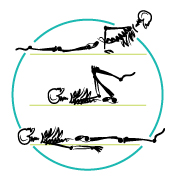
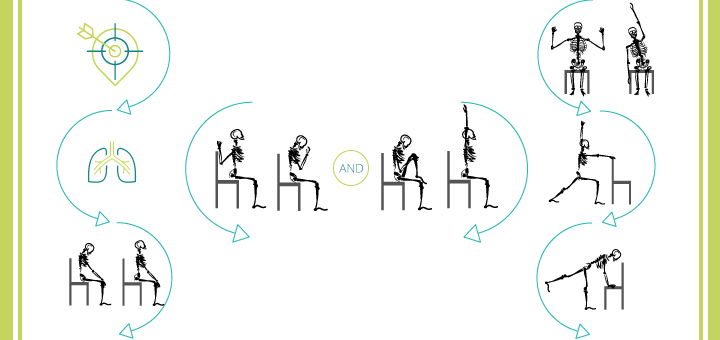
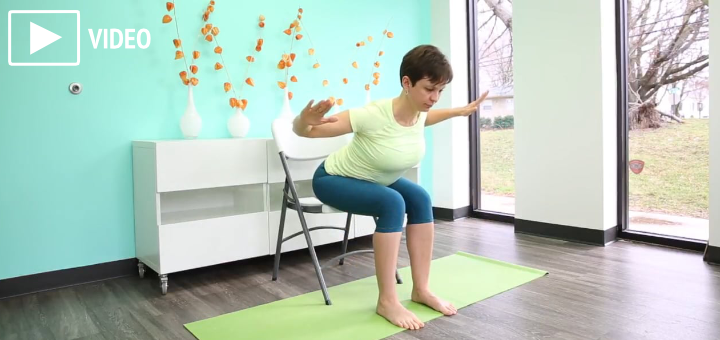

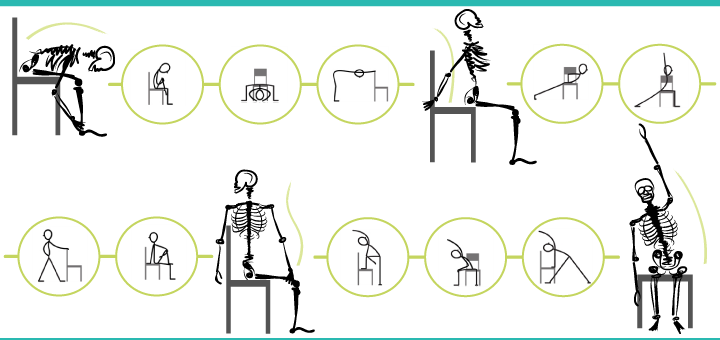
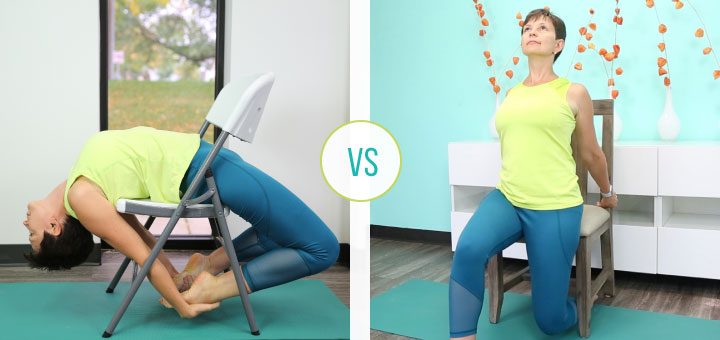
This is a great series, I have a private yoga client that I do chair yoga with due to his hip and knee issues but I feel I am running low on ideas, can you recommend a book? I Have chair yoga for you and someone has recommended the Iyengar one too.
Thank you Katie! The only book I have on Chair yoga is Sit n Fit chair yoga by Kristin Lee. It’s pretty basic, so I don’t know how useful it would be for you. In couple of weeks we will talk about a different way of thinking about chair yoga poses, so may be it will help to ignite your creativity.
Oh thanks Olga, I look forward to that. I really enjoy all your posts by the way, so helpful and interesting X
Perfect timing! I’m currently teaching a chair yoga class that is very therapeutic in nature for a medical doctor. I eagerly await all that you will share! Thank you, Olga!
Happy to hear you find it useful Gail!
Dear Olga,
I am a new subscriber to your blog and website and so grateful for this information. The current series on Chair Yoga has been enlightening and helpful. I have witnessed my senior and private students build their confidence using chair poses, and as we move out of the chair students feel stability on the mat. Thank you so much for sharing your insight and wisdom, and I look forward to future teachings.
Hi Vicki, welcome to our yoga community! Please feel free to share your experience with chair yoga as we continue to explore this topic – I love hearing personal stories and insights that arise for teachers from working with actual students!
Very nice to see #ChairYogaFitness getting quiet a bit of press here lately! Thanks for your great article!